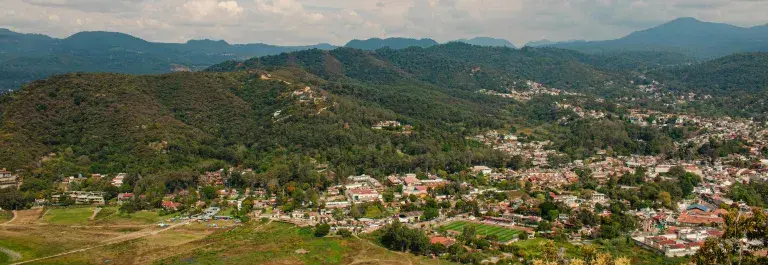Insights and tools for effective measurement and monitoring in landscape and jurisdictional initiatives
Over the past two years, ISEAL has convened a group of Landscape and Jurisdictional Approach (LJA) practitioners to investigate measurement and monitoring at scale.
Whether you're a seasoned practitioner, or a curious newcomer, the resources below will guide you through the complexities of LJA Monitoring, Evaluation and Learning (MEL).
Charting the course: the state of measurement
This paper presents some challenges faced by LJA practitioners, current strategies for overcoming them, as well as illustrative case studies.
Download the state of measurement paper here
Practitioner primers
Getting a picture of biodiversity
The most mature area of many landscape projects is often their approach to the physical environment. However, it is still difficult to understand where to invest resources to get an accurate picture of issues in a region.
This primer, authored by Proforest, serves as a compass, guiding practitioners through three approaches for understanding a landscape: High Conservation Value Area (HCVA) screening and assessment; Land Use Land Cover Change (LULCC) analysis; and status of effective management for protected areas.
Understanding income in producing regions
Many practitioners have been investigating income and wealth. This is not surprising, considering the significance of these issues and the commitments made by organisations investing in landscape projects.
This primer, authored by Jessica Grillo, illuminates methods used to understand income dynamics, providing practitioners with a roadmap for exploration. While not prescribing implementation strategies, the primer equips teams with the foundational understanding needed to navigate economic dimensions of conservation projects.
Scaling Free, Prior and Informed Consent (FPIC): Indigenous People and Local Communities (LP&LC) in landscape and jurisdictional initiatives
In navigating landscapes, the issue of meaningful engagement with IP&LCs is unavoidable. However, it can be tough to make the necessary resources or appropriate engagement strategies available.
This primer introduces FPIC as an essential aspect of conservation, presenting practitioners with an initial understanding and business case for when and to what extent it should be integrated into LJA initiatives. By fostering informed decision-making, it empowers stakeholders to navigate FPIC considerations at scale, responsibly.
Piloting progress: learning from three projects
Three pilot projects ran between February 2023 and April 2024:
In Mongolia, the Sustainable Fibre Alliance (SFA) probes the intricacies of building a MEL framework tailored to the sprawling rangeland ecosystem, with a focus on biodiversity and nature indicators.
CNV Internationaal delves into social dialogues and the practicalities of measuring its quality and quantity in the vibrant mosaic of the Siak Pelalawan Landscape Project (SPLP), Indonesia.
The Global Sustainable Tourism Council (GSTC), reassesses two destinations in Europe and East Asia, to understand how processes and indicators can be refined to better capture the evolution of a landscape over time.
Find the full pilot learning summary report here
By distilling key insights and tools, we aim to empower practitioners with the knowledge needed to navigate the complexities of landscape and jurisdictional conservation effectively.
Read the latest shared position papers that delve into common definitions, such as what qualifies as a company landscape investment or action, how companies can make credible claims regarding their contributions to landscapes, and the responsibilities they bear in supporting landscape monitoring efforts.
For questions and more information, please contact landscapes@isealalliance.org.
